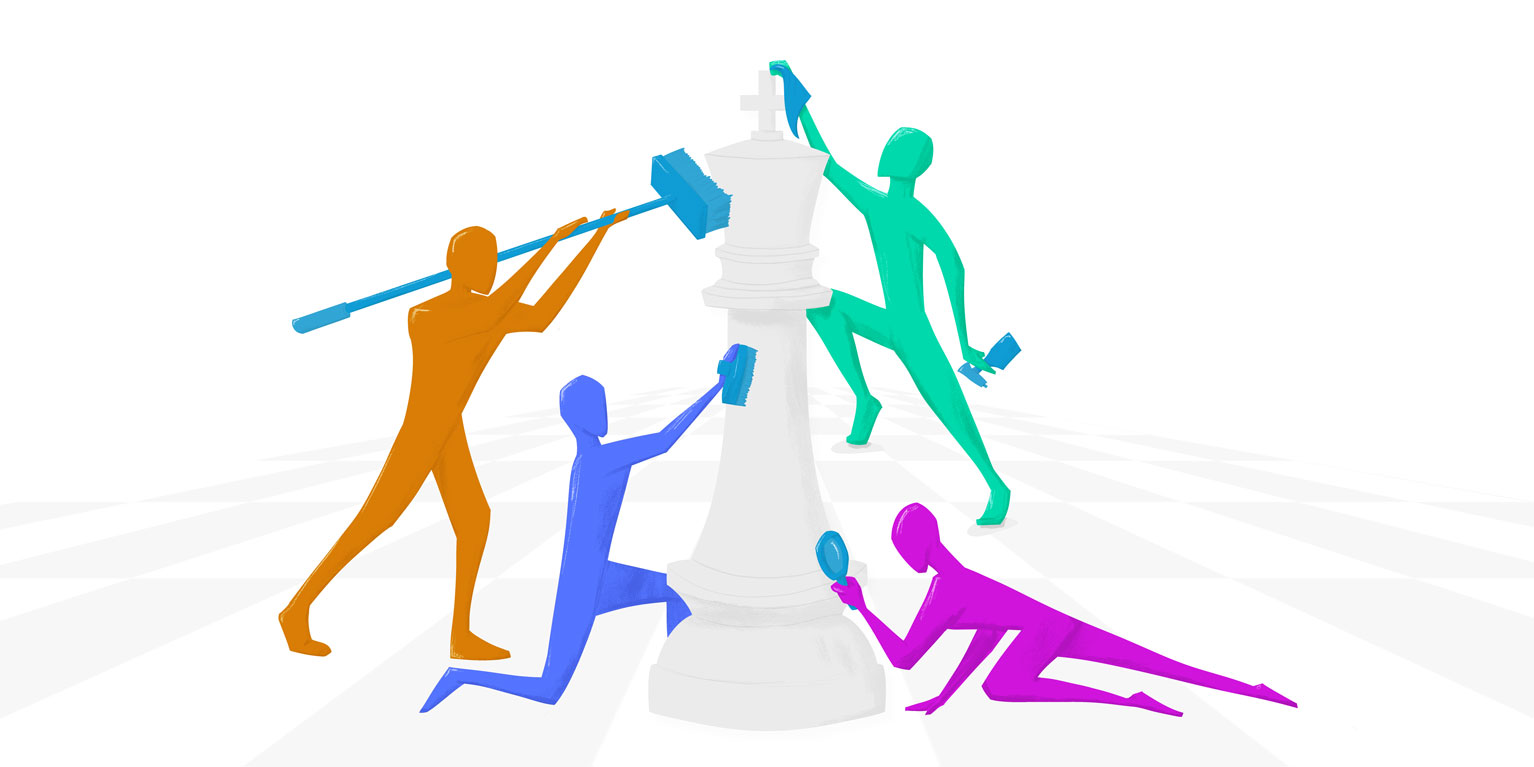If Your Customer is King, Are They Getting the Royal Treatment?
In a recent survey of nearly 2,000 executives, nearly half said they consider customer experience their top priority over the next five years. These executives understand something paramount: in an era of digital commerce, near on-demand delivery, nonstop disruptions and the ability to share grievances with the world across social media, the customer experience is almost more important than the product you are selling.
The data doesn’t lie. Nearly all customers (96%) say the experience is what influences their brand loyalty. A positive customer experience translates to consumers who are willing to pay more, refer your company to others with greater frequency, and make repeat purchases.
The opposite is true as well. Deliver a bad experience, even just one time, and you can lose as much as 78% of your customers at the point of purchase. More than one bad experience, 80% of consumers say they’d rather do business with a competitor. Consistent, positive experiences can provide a buffer for the inevitable hiccups that can happen now and again. For example, if you’ve got a solid track record of premium service, the vast majority of your customers will forgive a mistake.
The business case for customer experience
Improving customer experience also increases your company’s bottom line. Raising customer retention rates by a mere 5% can have a powerful impact on profits – boosting revenue as much as 25% to 95%, according to Bain and Company. Nearly 90% of companies that deliver strong customer experiences perform better financially than their competitors.
Despite the near limitless data that proves customer experience is king, there remains a great deal of disconnect between how well companies believe they are doing when it comes to delivering a premium experience and what customers say they actually experience.
Your company cannot afford to live in blissful ignorance, assuming customers are satisfied without doing the hard work to ensure customers’ needs are being met.
Here are four key areas you can address now to ensure your customer experience lives up to its full potential.
Create authentic, human interactions
Technology is great. In fact, the right technology is critical to ensuring a great customer experience. Often, however, we see companies so focused on implementing technology that they forget there are humans on either end of the interaction. Truth is unless something isn’t working on the technology end, customers rarely notice it. Consumers are clear they prefer human engagement whenever possible, especially when something is wrong or the issue feels too complex or nuanced for technology.
It may not always be practical, or feasible, to make every interaction a 1:1 with another person. When issues can be resolved quickly and easily, leaning into technology or virtual solutions makes sense. Direct communication with another person, however, has the power to build rapport and establish a brand persona, which can prove to be the differentiator you need to attract and retain customers.
Consider ways your organization might be leaning too heavily on processes, systems and platforms and where you might inject a little direct human interaction with customers. Determine how you can use data and insights provided by technology to increase personalization for the customer. Create a strategy for building authentic, human touches into your brand experience and take note of how customers respond.
Empower employees
We talk about empowering employees frequently at StrategyBlocks, because employees who feel connected to the company not only perform better and help to achieve important company goals, they also are the best advocates you have in creating a top-notch customer experience.
An important way to empower employees is to break down silos within the organization. Customers have made clear they don’t like to repeat themselves, and having to work with multiple departments to resolve something causes unnecessary frustration. Making it easier for your employees to cross-communicate between departments, or to make decisions in real-time during the interaction with the customer, helps to facilitate a more seamless, successful experience.
Work backward
One of the best ways to determine the value and result of your customer’s experience is to start at the end. What would you ideally like your customer to do after a positive experience? Come back for another purchase? Become a brand loyalist? Refer you to their friends and families? Consider what you want the end result to be, then walk backward through the process to see if each point of interaction helps deliver the desired outcome.
One thing to note in this process is consistency, especially across channels. According to Salesforce research, 75% of consumers say a consistent experience across multiple customer service channels is important – so important, that 73% will likely change brands if they don’t get it. Your omnichannel presence matters, and customers want to get the same level of experience whether they are on your app, the website or speaking with a customer service agent.
Create a culture of service
Building a premium customer experience cannot happen in a silo. It takes the buy-in from every member of your team working together across departments and functions.
Train your team to be proactive rather than reactive, and connect with consumers early and often. Listen to complaints and work to resolve them quickly. Reward success and quickly work to overcome challenges. Treat your staff well and put trust into them and their work – that support from leadership will translate to more empowering interactions between your employees and your customers.
No matter the business you are in, you are competing on customer experience. Take the time to understand where disconnects might lie in your organization between what you believe you are delivering to your customers and what their perception is of doing business with you. In an era of tight margins, stiff competition and scarce resources, customer experience is one differentiator you can build your brand on.




Leave A Comment